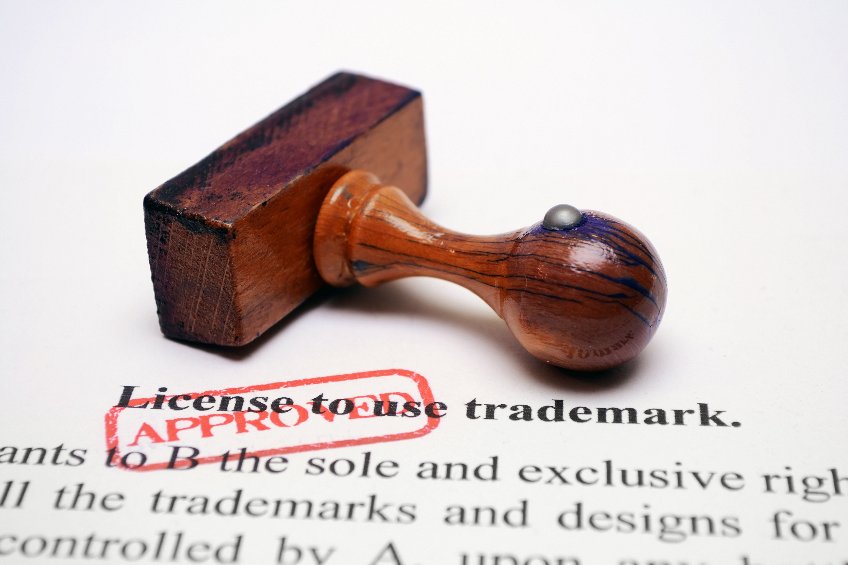A trademark protects the specific, unique name or logo regarding your product or business brand. A trademark is pivotal to the marketing and public relations aspect of your goods, services, and business brand. These are issues that can arise before and after the trademark registration process if a mark that is similar to yours already exists.
How do I register my trademark?
Initially, you can register your trademark with the United States Patent and Trademark Office (USPTO). This process is relatively easy, and the application can be done in a single day. However, as a result of the recent COVID-19 pandemic, the trademark application processing time has gone from approximately 3-6 months to approximately a year.
Now, you’re probably wondering—how much is this going to cost me? There are two payment options for trademark registration offered by the USPTO: (1) TEAS Plus and (2) TEAS Standard. The TEAS Plus costs $250 per class of goods/services meanwhile TEAS Standard costs $350 per class of goods/services. However, there are other additional fees, including post-registration fees, that depending on your specific trademark must be paid by the registrant. These fees can range from $100 per class to $525 per class.
What if my trademark is similar to another?
A trademark cannot be registered if it is too similar or identical to a trademark that is already registered with the USPTO. Usually, if a mark is too similar or identical to an already-registered mark, this will lead the other side to file a trademark infringement case against you in federal court. However, there are ways to avoid this: (1) re-file your mark under a different trademark name, logo, or brand; (2) contact the owner of the trademark about this issue, and if you have a separate good or service, make the other side aware of this difference; (3) contact the owner of the trademark and negotiate for a co-existence of both trademarks; or (4) if you have been using the trademark for a longer time than the other registrant has had it filed, and you do not want to give up your mark, prepare for the possibility of litigation as you may have an advantage under common law trademark laws for being the first to use the mark.
How can my trademark be similar to another?
A trademark can be similar to another in various ways. Initially, if it has the same coloring or design in the logo; another example is if the smell components are similar. The most complicated way it can be similar to another mark is if it has the same name in either the same name or meaning in either the same language or a different language. For example, if you open a French pastry shop and decide to call it “The Pastry Shop” in its French equivalent, which would be: “La Pâtisserie,” but there is another pastry shop that has its name registered as The Pastry Shop, even if the trademarks are in different languages, they mean the same thing and the USPTO does not allow for both to exist in its registry. However, as mentioned above, a co-existence agreement could be reached with the other company.


